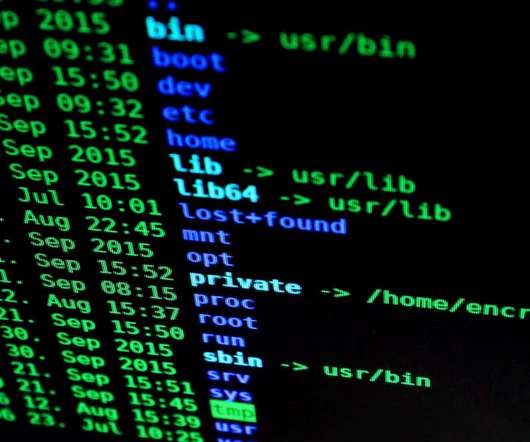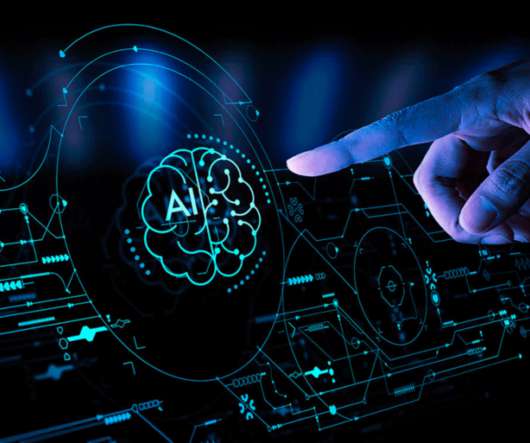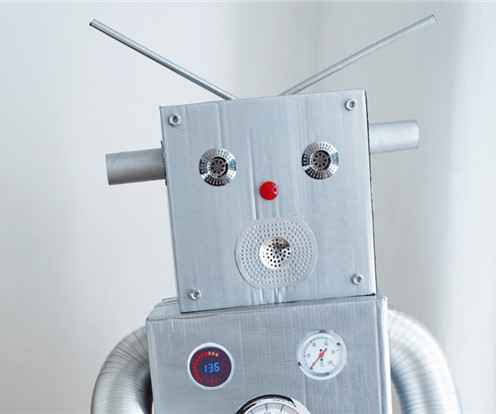The History of Computer Viruses & Malware
eSecurity Planet
NOVEMBER 2, 2022
On the modern Internet, malware is a near-constant presence. Department of Defense’s Advanced Research Projects Agency Network (ARPANET), the precursor of the modern Internet we know, love, and sometimes hate. Worms and the Dawn of the Internet Age: 1987-2000. Viruses Get Their Name: 1974-1986. Want to Learn More About Malware?


















Let's personalize your content